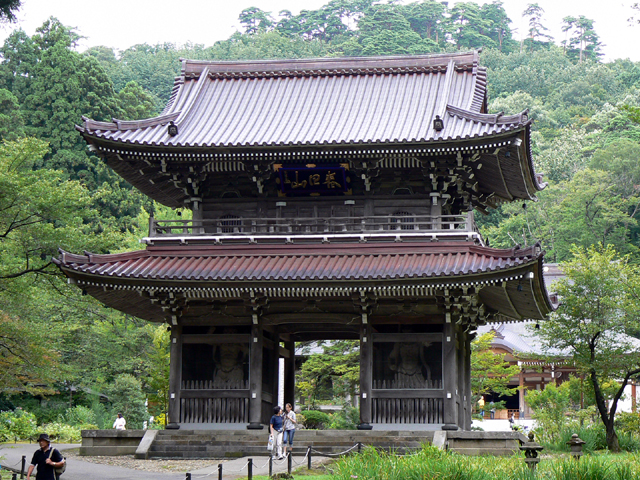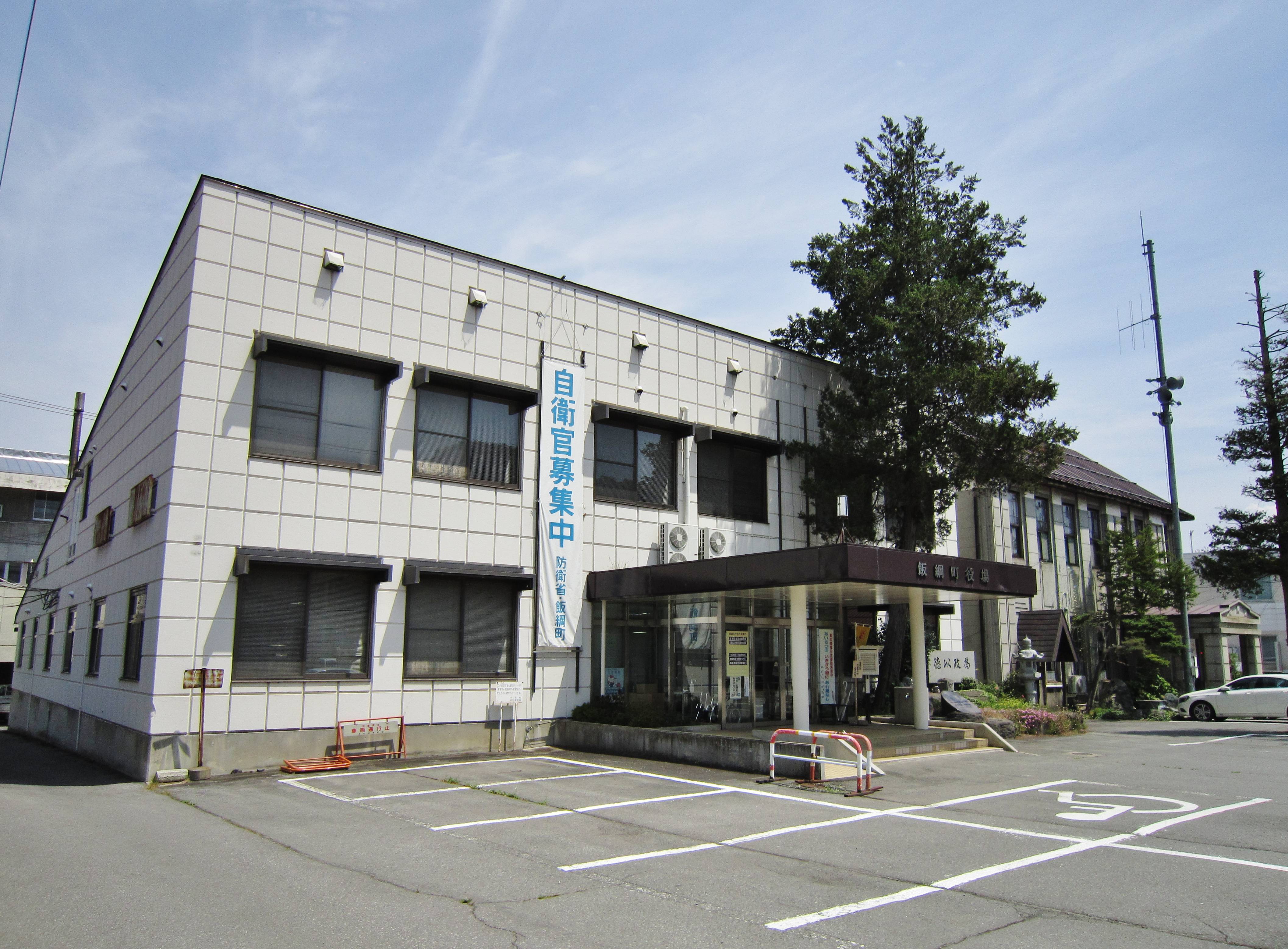|
Shinano Railway Kita-Shinano Line
The is a railway line operated by the third-sector railway operating company Shinano Railway in Nagano Prefecture, Japan, since 14 March 2015 following the opening of the Hokuriku Shinkansen extension north of Nagano and transfer of operations of the former Shinetsu Main Line from East Japan Railway Company (JR East). It connects Nagano Station in Nagano with Myōkō-Kōgen Station in Myōkō, Niigata. Service outline All services on the line are all-stations driver-only operation trains. From the start of operations on the line, there are 21 return workings daily between Nagano and Jōetsumyōkō, and three return workings daily between Nagano and Toyono, an increase in two return services daily compared with JR East operations prior to March 2015. A small number of services continue to and from on the Shinano Railway Line operated by the same company south of Nagano. In addition to Shinano Railway services, JR East Iiyama Line through-running services to and from Nagano al ... [...More Info...] [...Related Items...] OR: [Wikipedia] [Google] [Baidu] |
Commuter Rail
Commuter rail, or suburban rail, is a passenger rail transport service that primarily operates within a metropolitan area, connecting commuters to a central city from adjacent suburbs or commuter towns. Generally commuter rail systems are considered heavy rail, using electrified or diesel trains. Distance charges or zone pricing may be used. The term can refer to systems with a wide variety of different features and service frequencies, but is often used in contrast to rapid transit or light rail. Similar non-English terms include ''Treno suburbano'' in Italian, ''Cercanías'' in Spanish, Aldiriak in Basque, Rodalia in Catalan/Valencian, Proximidades in Galician, ''Proastiakos'' in Greek, ''Train de banlieue'' in French, '' Banliyö treni '' in Turkish, ''Příměstský vlak'' or ''Esko'' in Czech, ''Elektrichka'' in Russian, ''Pociąg podmiejski '' in Polish and ''Pendeltåg'' in Swedish. Some services share similarities with both commuter rail and high-frequency rapid ... [...More Info...] [...Related Items...] OR: [Wikipedia] [Google] [Baidu] |
Cross-platform Transfer
A cross-platform interchange is a type of interchange between different lines at a metro Metro, short for metropolitan, may refer to: Geography * Metro (city), a city in Indonesia * A metropolitan area, the populated region including and surrounding an urban center Public transport * Rapid transit, a passenger railway in an urba ... (or other railway) station. The term originates with the London Underground; such layouts exist in other networks but are not commonly so named. In the United States, it is often referred to as a cross-platform transfer. This configuration occurs at a station with island platforms, with a single platform in between the tracks allocated to two directions of travel, or two side platforms between the tracks, connected by level corridors. The benefit of this design is that passengers do not need to use stairs to another platform level for transfer. A cross-platform interchange arrangement may be costly to build due to the complexity of rail align ... [...More Info...] [...Related Items...] OR: [Wikipedia] [Google] [Baidu] |
Railway Lines In Japan
Rail transport (also known as train transport) is a means of transport that transfers passengers and goods on wheeled vehicles running on rails, which are incorporated in tracks. In contrast to road transport, where the vehicles run on a prepared flat surface, rail vehicles (rolling stock) are directionally guided by the tracks on which they run. Tracks usually consist of steel rails, installed on sleepers (ties) set in ballast, on which the rolling stock, usually fitted with metal wheels, moves. Other variations are also possible, such as "slab track", in which the rails are fastened to a concrete foundation resting on a prepared subsurface. Rolling stock in a rail transport system generally encounters lower frictional resistance than rubber-tyred road vehicles, so passenger and freight cars (carriages and wagons) can be coupled into longer trains. The operation is carried out by a railway company, providing transport between train stations or freight customer faciliti ... [...More Info...] [...Related Items...] OR: [Wikipedia] [Google] [Baidu] |
Kita-Shinano Line
The is a railway line operated by the third-sector railway operating company Shinano Railway in Nagano Prefecture, Japan, since 14 March 2015 following the opening of the Hokuriku Shinkansen extension north of Nagano and transfer of operations of the former Shinetsu Main Line from East Japan Railway Company (JR East). It connects Nagano Station in Nagano with Myōkō-Kōgen Station in Myōkō, Niigata. Service outline All services on the line are all-stations driver-only operation trains. From the start of operations on the line, there are 21 return workings daily between Nagano and Jōetsumyōkō, and three return workings daily between Nagano and Toyono, an increase in two return services daily compared with JR East operations prior to March 2015. A small number of services continue to and from on the Shinano Railway Line operated by the same company south of Nagano. In addition to Shinano Railway services, JR East Iiyama Line through-running services to and from Nagano a ... [...More Info...] [...Related Items...] OR: [Wikipedia] [Google] [Baidu] |
List Of Railway Lines In Japan
List of railway lines in Japan lists existing railway lines in Japan alphabetically. The vast majority of Japanese railways are classified under two Japanese laws, one for and another for . The difference between the two is a legal, and not always substantial, one. Some regional rails are classified as ''kidō'', while some light rails are actually ''tetsudō''. There are also other railways not legally classified as either ''tetsudō'' or ''kidō'', such as airport people movers, ''slope cars'' (automated small rack monorails), or amusement park rides. Those lines are not listed here. According to the laws, ''tetsudō/kidō'' include conventional railways (over ground or underground, including subways), as well as maglev trains, monorails, ''new transit systems'' (a blanket term roughly equivalent to people mover or automated guideway transit in other countries), '' skyrails'' (automated small cable monorails), trams, trolleybuses, guideway buses, funiculars (called "cable c ... [...More Info...] [...Related Items...] OR: [Wikipedia] [Google] [Baidu] |
Niigata Prefecture
is a Prefectures of Japan, prefecture in the Chūbu region of Honshu of Japan. Niigata Prefecture has a population of 2,227,496 (1 July 2019) and is the List of Japanese prefectures by area, fifth-largest prefecture of Japan by geographic area at . Niigata Prefecture borders Toyama Prefecture and Nagano Prefecture to the southwest, Gunma Prefecture to the south, Fukushima Prefecture to the east, and Yamagata Prefecture to the northeast. Niigata, Niigata, Niigata is the capital and largest city of Niigata Prefecture, with other major cities including Nagaoka, Niigata, Nagaoka, Jōetsu, Niigata, Jōetsu, and Sanjō, Niigata, Sanjō. Niigata Prefecture contains the Niigata Major Metropolitan Area centered on Niigata with a population of 1,395,612, the largest metropolitan area on the Sea of Japan coast and the twelfth-largest in Japan. Niigata Prefecture is part of the historic Hokuriku region and features Sado, Niigata, Sado Island, the sixth largest island of Japan in area follo ... [...More Info...] [...Related Items...] OR: [Wikipedia] [Google] [Baidu] |
Shinano, Nagano
is a town located in Nagano Prefecture, Japan. , the town had an estimated population of 8,339 in 3351 households, and a population density of 56 persons per km². The total area of the town is . History The area of present-day Shinano was part of ancient Shinano Province. The modern village of Shinano was created by the merger of the villages of Kashiwabara and Fujisato on July 1, 1955. Shinano merged with the neighboring villages of Furuma and Shinanojiri to form the town of Shinano on September 30, 1956. Geography Shinano is located in far northern Nagano Prefecture, bordered by Niigata Prefecture to the north. Lake Nojiri and Mount Kurohime are in Shinano. Surrounding municipalities *Nagano Prefecture ** Iiyama ** Nagano ** Iizuna *Niigata Prefecture ** Myōkō Climate The town has a humid continental climate characterized by characterized by short, hot and humid summers, and cold winters with heavy snowfall (Köppen climate classification ''Cfa''). The average annual te ... [...More Info...] [...Related Items...] OR: [Wikipedia] [Google] [Baidu] |
Iizuna, Nagano
is a town located in the Kamiminochi District of norther Nagano Prefecture, Japan. , the town had an estimated population of 11,115 in 4187 households, and a population density of 150 persons per km2. the total area of the town is . Geography Iizuna is located in northern Nagano Prefecture. It is 13.9 km from east to west and 15.6 km in the south north. The Yaja River that flows from the Mount Reisenji forms the western border of the town which is located on its river terrace. The Torii River flows through the center of town. The Madarao River flows from Shinano, and flows on the north side of this town. It joins the Chikuma River via the Nakano city in the east. Climate The village has a climate characterized by hot and humid summers, and cold winters (Köppen climate classification ''Cfa''). The average annual temperature in Iizuna is 11.3 °C. The average annual rainfall is 1254 mm with September as the wettest month. The temperatures are highest on ave ... [...More Info...] [...Related Items...] OR: [Wikipedia] [Google] [Baidu] |
Nagano, Nagano
is the capital and largest city of Nagano Prefecture, located in the Nagano Basin (Zenkoji Daira) in the central Chūbu region of Japan. Nagano is categorized as a core city of Japan. Nagano City is the highest prefectural capital in Japan, with an altitude of . The city is surrounded by mountains, the highest of which is Mount Takatsuma (2,353m), and is near the confluence of the Chikuma River - the longest and widest river in Japan - and the Sai River. , the city had an estimated population of 370,632 in 160,625 households, and a population density of 444 persons per km2. The total area of the city is . Overview Nagano City, located in the former Shinano Province, developed from the Nara period (AD 710 to 794) as a temple town (''monzen machi''). The city of Nagano is home to Zenkō-ji, a 7th-century Buddhist temple that is listed as a Japanese national treasure. Zenkō-ji was established in its current location in 642 AD. The location of Zenkō-ji is approximately 2 kilometer ... [...More Info...] [...Related Items...] OR: [Wikipedia] [Google] [Baidu] |




